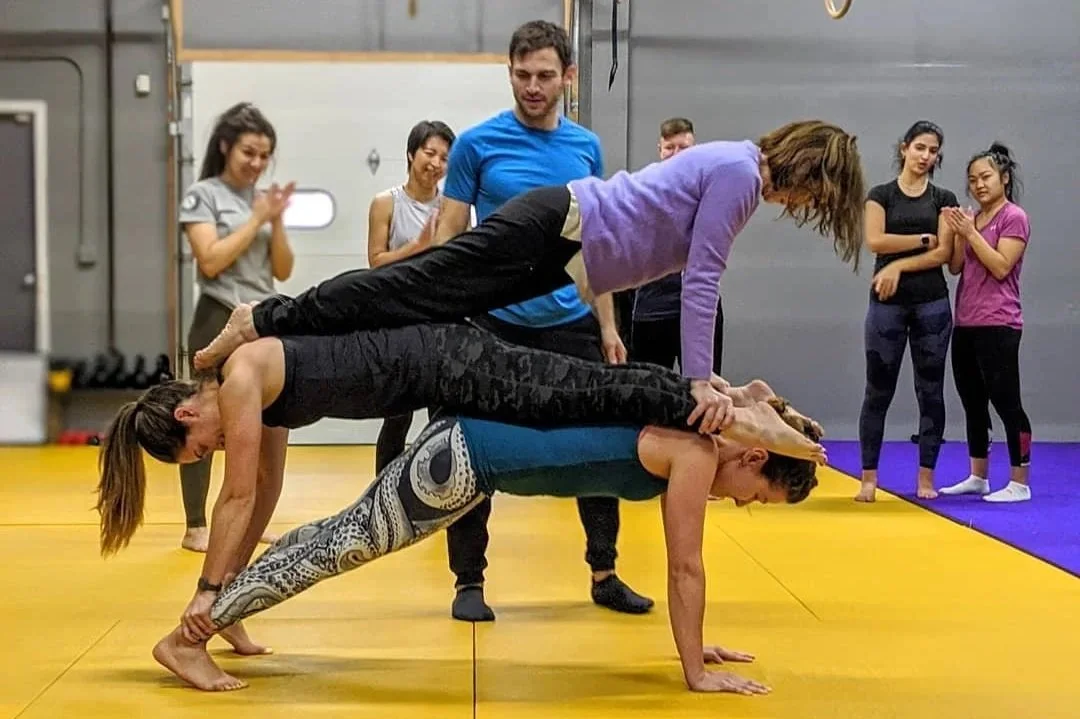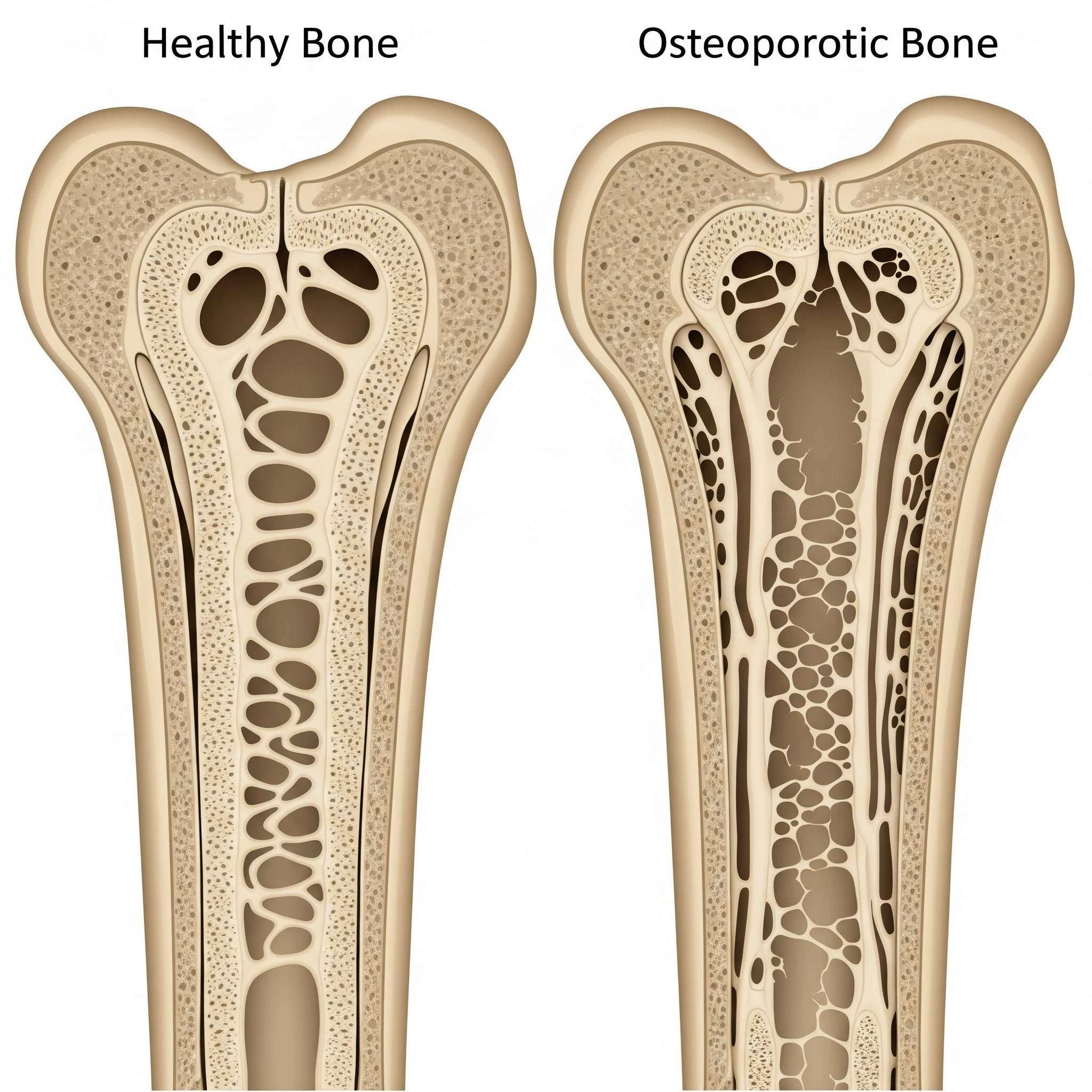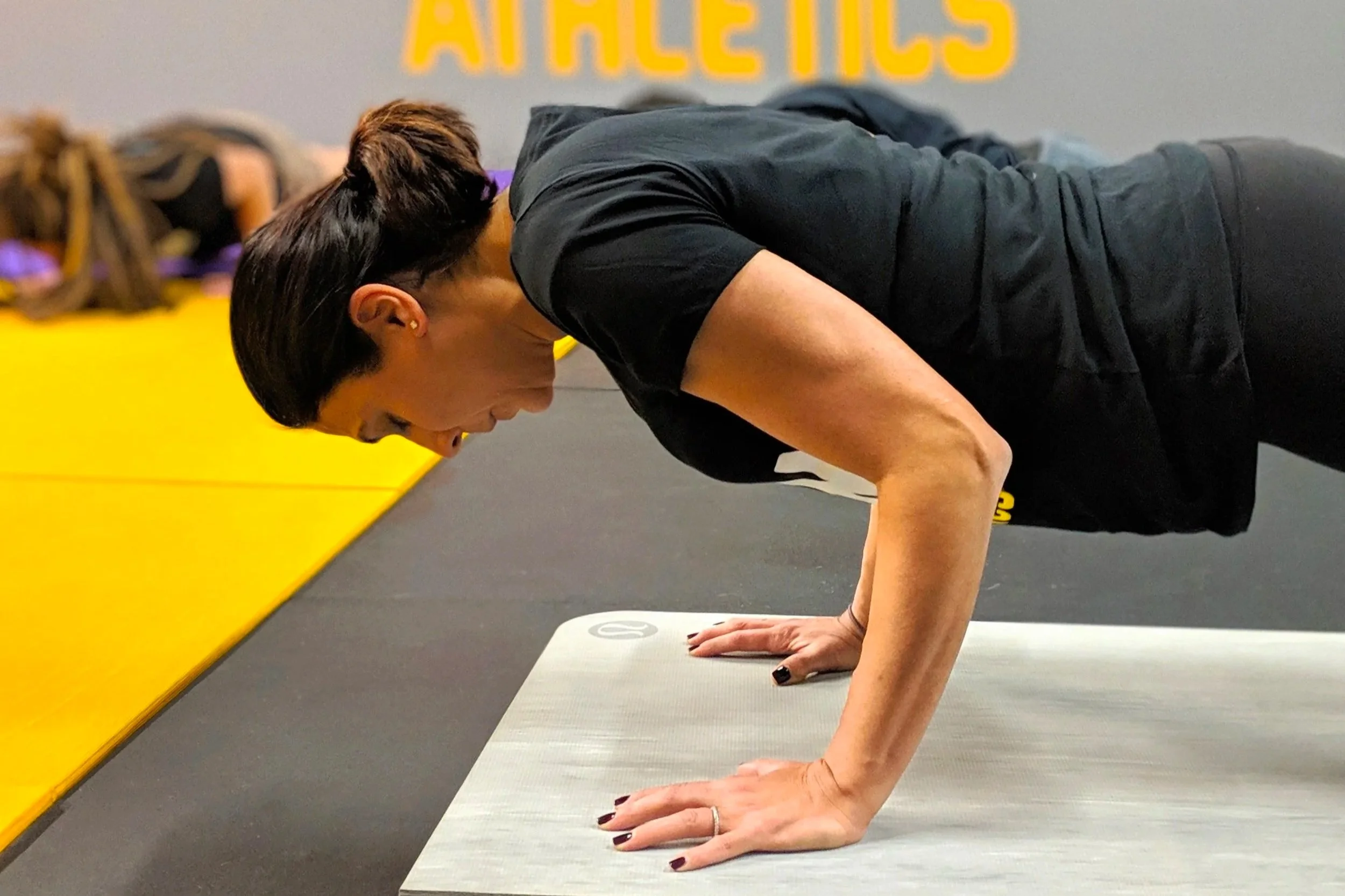Strength Training for Women: The Complete Guide to Building Muscle, Bone Density, and Confidence at Any Age
Why Strength Training Is Non-Negotiable for Women
Let’s call it like it is — it feels good to feel good. And taking care of yourself feels good. Strength training is one of the most powerful tools you can use to stay strong, healthy, and confident for life. It’s not just about building muscle in the gym — it’s about keeping your body capable in the real world.
Lifting weights doesn’t just make you stronger. It promotes blood flow, keeps your muscles active and healthy, and teaches discipline because results don’t happen overnight. The mental grit you build from pushing through a tough workout carries into everyday life — whether that’s at work, managing a household, or keeping up with kids and grandkids.
When you’re strong, daily life feels easier:
Playing with kids
Swimming
Yardwork
Traveling and walking
Carrying groceries
Hiking
Moving furniture
What Is Strength Training, Exactly?
Strength training (also called resistance training) is any exercise where your muscles work against a force. That can be:
Bodyweight training — push-ups, squats, lunges, pull-ups
Free weights — dumbbells, barbells, kettlebells
Machines — great for beginners or targeting specific muscles
For building strength, muscle, and bone density, research shows the sweet spot is:
5–10 repetitions per set
Stop with 1–2 reps still in the tank (don’t push to total failure every time)
3–5 sets per exercise
Rest about 90 seconds between sets
This structure is heavy enough to stimulate muscle and bone growth without burning you out or increasing injury risk.
Bone Density: The Benefit Too Many Women Overlook
After about age 30, we all start to lose bone mass. For women, the rate is faster — especially after menopause:
Ages 50+ — lose 1–3% of bone density per year without strength training
After menopause — bone loss can spike to 4% per year for several years
First 5–7 years post-menopause — up to 20% total bone loss
By age 80 — women may have lost up to 30% of their bone density
This isn’t just about avoiding fractures when you’re older. Weak bones affect how you move, your posture, and your independence.
Strength training is one of the few things proven to slow or reverse bone loss. The stress placed on your skeleton when you lift stimulates bone-building cells called osteoblasts. You literally reinforce your bones the same way you strengthen a muscle.
And don’t skip plyometrics (jump training, hops, bounding drills) — the high-impact, weight-bearing nature of these moves sends a strong signal for your bones to get denser and stronger, especially around your hips, legs, and spine.
Strength Training Supports a Healthy Weight
I’ll never push weight loss for aesthetic reasons — my focus is health. Excess body fat increases stress on your bones, joints, and muscles, and can raise the risk of high blood pressure, heart disease, type 2 diabetes, and more.
Strength training helps by:
Burning calories during and after your workout
Building lean muscle that raises your metabolism
Reducing unnecessary stress on your joints, bones, and tendons as you lose excess weight
Reduces Risk of Type 2 Diabetes and Cardiovascular Disease
The Women’s Health Study followed 35,745 healthy women and found:
Women who strength trained had a 30% lower risk of type 2 diabetes
They also had a 17% lower risk of cardiovascular disease
These numbers aren’t small. That’s decades of better health in exchange for a few hours a week of lifting.
Keeps Joints, Muscles, and Bones Injury-Resistant
You don’t have to be an athlete to make injury prevention a priority. As we age, recovery from even a small accident takes longer. Strength training builds resilience by strengthening muscles, joints, and bones, making you less likely to get injured in the first place.
Joints — Strength training helps keep joints stable and mobile, so you can move freely without pain.
Bones — Just like muscle, bone responds to stress by getting stronger. Weight-bearing exercises help maintain bone mass.
Muscles — Strong, mobile muscles reduce the risk of strains, pulls, and falls.
Boosts Mood and Lowers Stress
Strength training releases endorphins — neurochemicals that improve mood, reduce pain, and relieve stress. It’s one reason people often leave the gym in a better mood than they arrived. Morning workouts are especially powerful for setting a positive tone for the day.
Strength Training for Women: Myths and Misconceptions
Myth #1: Lifting Weights Will Make You Bulky
This one refuses to die. Women don’t have the same testosterone levels as men, so adding massive amounts of muscle naturally is extremely difficult. The women you see with huge muscles are either genetic outliers, have been training for years with extreme dedication, or are using performance-enhancing drugs. Strength training will make you toned, firm, and strong — not bulky.
Myth #2: Cardio Is Better for Fat Loss Than Lifting
While cardio burns calories during the workout, strength training builds muscle that keeps your metabolism higher all day. Combining the two is ideal, but lifting gives you more long-term fat loss benefits.
Myth #3: You Should Only Use Light Weights and High Reps
The “light weight, high reps” advice comes from a fear of building muscle. But heavier weights (in the 5–10 rep range) are far more effective for building strength, bone density, and lean muscle tone.
Myth #4: Strength Training Is Dangerous for Women
The opposite is true. With proper form, lifting strengthens joints, bones, and muscles, making you less prone to injury — both in the gym and in everyday life.
Myth #5: Older Women Should Avoid Heavy Lifting
Research shows women over 40 — even into their 70s and 80s — benefit greatly from lifting heavier loads. It’s one of the best defenses against muscle loss, bone density decline, and loss of independence.
How to Get Started with Strength Training
If you’re new to lifting, the best approach is to keep it simple and focus on learning proper form before chasing big numbers. Here’s a beginner-friendly framework:
Train 2–3 days a week at first, allowing at least one rest day in between lifting sessions.
Choose full-body workouts so you hit all major muscle groups each time — think squats, push-ups, rows, lunges, overhead presses, and planks.
Work in the sweet spot — 5–10 reps per set, 3–5 sets per exercise, and 1–2 reps left “in the tank.”
Rest about 90 seconds between sets to recover without cooling down too much.
Progress gradually by adding a little more weight or another rep each week.
Mix in plyometrics — jumps, hops, skips — especially for bone density benefits.
You don’t need fancy equipment. If you don’t have dumbbells, use resistance bands or bodyweight exercises until you build up. The key is consistency.
The Bottom Line
From stronger bones to better health markers, more energy, and higher confidence — strength training is non-negotiable for women who want to age well and live fully.
You don’t have to lift like a powerlifter, but you do have to challenge yourself consistently. Start with 3–5 days a week, using weights, bodyweight, or machines. Mix in some plyometrics for bone health, and keep progressing.
Ready to Take Your Strength Even Further?
Strength isn’t just about how much weight you can lift — it’s also about how well you can move. Good balance keeps you steady, prevents falls, and makes everyday tasks easier.
That’s why I created The Balance Blueprint — a free, easy-to-follow workout guide designed to improve your stability in just minutes a day. It’s the perfect companion to your strength training routine and something you can start right now at home.
Fill out the form below to download your free copy and start building strength you can feel in every step.




